Premier and Treasurer Gutwein will attempt to restart Tasmania’s COVID-ravaged economy with a historic multi-billion dollar across all sectors.
The Mercury has packaged together what the record spend means for you and your state.

ENVIRONMENT
ELECTRIC cars and online meetings are set to help the state government reduce emissions, save time, and reduce costs.
Premier Peter Gutwein announced the state government would transition its vehicle fleet to all electric vehicles by 2030.
Over the next two years the Ministerial fleet will transition to include four hybrid vehicles, with the first to be received by the end of the year.
Based on current modelling, Mr Gutwein said the 10-year transition would save about $2 million in maintenance, $6 million in fuel costs and could reduce emissions by about 13,000 metric tonnes.
He said the implementation of an online meeting preference policy would also take place with the aim to reduce unnecessary air travel — saving time, costs, and emissions across the state service.
“To reduce emissions further, we will implement an online meeting preference policy, to reduce unnecessary air travel, saving time, costs and emissions across the State Service,” Mr Gutwein said.
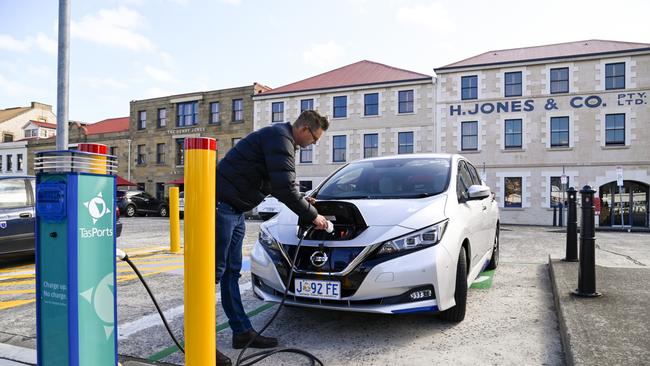
A $10 million no-interest loan scheme will be introduced for large greenhouse gas emitting businesses and industries to trial clean technologies or innovative production processes that would lead to reduced emissions.
$9.5 million has been allocated for the state government’s commitment for a Waste Action Plan and Container Deposit Scheme, with legislation to be introduced next year.
“In this budget, the Tasmanian Government will provide up to $5.5 million in grants that will be matched dollar-for-dollar by the Australian Government and recycling businesses to invest at least $16.5 million in new commercial recycling opportunities that create long-term sustainable jobs in Tasmania.
“In addition, the 2020-21 Budget also includes $10 million to co-invest with the existing waste management sector in Tasmania to build the infrastructure needed to collect and sort recyclable waste.”
Project Marinus Battery of the Nation, Renewable Hydrogen, the Tasmanian Renewable Energy Action Plan and a Renewable Energy Coordination Framework will be supported by $3.8 million funding over four years.
A $300,000 review into the state government’s climate change act and emissions reduction target will also take place.
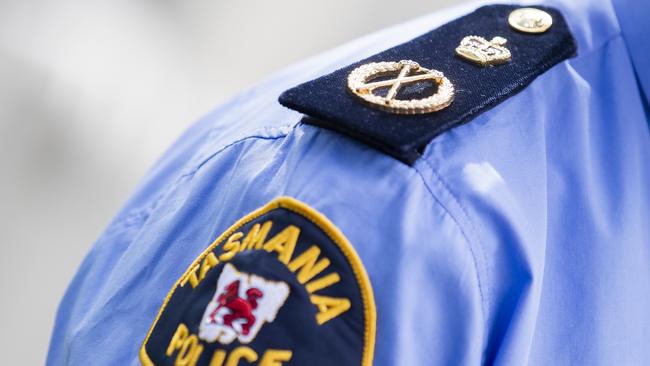
POLICE
Twenty new police officers will be recruited to aid Tasmania’s coronavirus response before becoming full time Special Operations Group respondents.
Announced in Thursday’s budget, the state government will invest $8.9m across the next four years to fund the recruits who will perform duties including COVID-19 compliance and assessment checks.
Once completing their coronavirus response roles, the 20 recruits will fill SOG positions by 2024.
Through that role, the officers will respond to a wide range of security situations and can be deployed during high-risk policing incidents.

The recruits follow a further 125 previously announced police officer positions being filled by 2022.
Police, Fire and Emergency Management Minister Mark Shelton said recruiting additional police was one of the most important ways of keeping Tasmanians safe.
“Police officers work hard every day to protect Tasmanians in a complex and changing environment and the government knows that while a career in policing is highly rewarding, it can also be challenging,” he said.
“This is a budget that invests in our community by keeping Tasmanians safe through increased resourcing for our police service.”
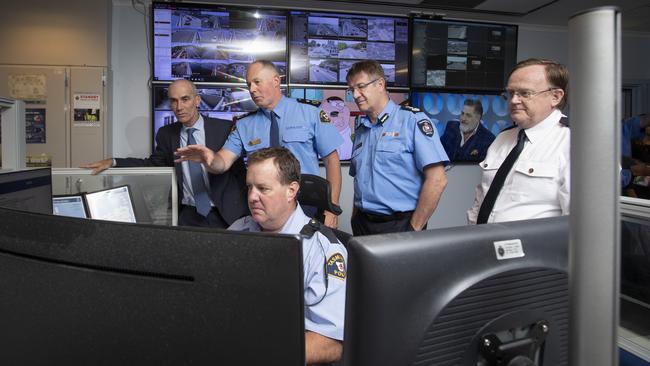
COMMUNICATIONS
A LONG-awaited centralised radio network for government agencies looks set to be delivered in a move to streamline how sectors communicate.
State budget papers show a $121m Tasmanian Government Radio Network will be delivered across the next four years — initially to be used by Tasmania Police, the Tasmania Fire Service and Sustainable Timbers Tasmania.
Calls became more urgent for a roll out of a more centralised system in 2013 following the Dunalley bushfires.
Other organisations set to use the network include the Department of Primary Industries, Parks, Water and Environment, TasNetworks and Hydro Tasmania.
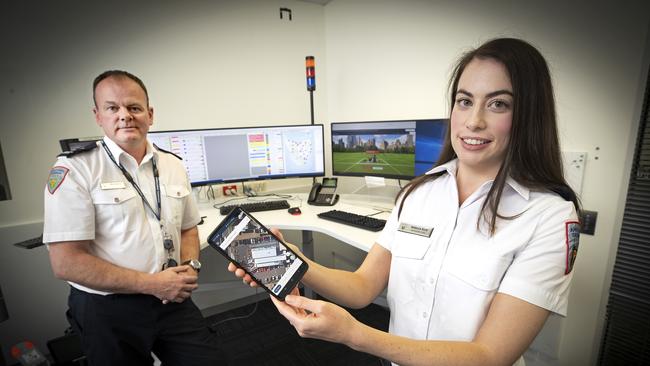
The project is tipped to create up to 50 jobs during the three-year construction phase, with additional positions to help run and oversee the network once operational.
Police, Fire and Emergency Management Minister Mark Shelton said the total value of the project was anticipated to be in the order of $500m.
He said Telstra was the preferred tenderer to deliver the system which will replace five separate radio government radio networks.
“Recent events here in Tasmania have shown us how important it is to have fast and secure communications to respond to bushfires, floods, natural disasters and other emergencies,” Mr Shelton said.
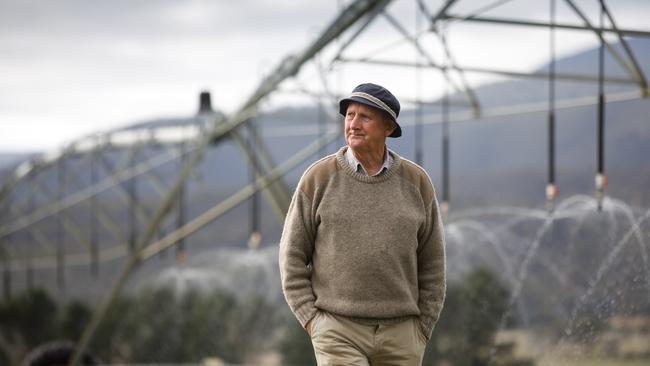
Premier Peter Gutwein says farmers will have reliable access to water – $168.7 million was included for tranche two and three irrigation projects.
IRRIGATION
Irrigation will receive a massive boost in this year’s state budget.
Premier Peter Gutwein said to ensure our farmers have reliable access to water, $168.7 million was included for tranche two and three irrigation projects.
This includes $15 million to prioritise the Don Scheme over the next two years.
Our borders will receive a funding boost, with $6 million to go toward the delivery of traveller assessment ad border control across the state and the continued operation of the G2G PASS and Tas e-Travel systems.
Primary Industries and Water Minister Guy Barnett said this was just an initial allocation.
“Should the COVID situation change in other states, we will not hesitate to increase it if required,” he said.
“It also ensures that Biosecurity Tasmania can also continue to maintain the state’s strict biosecurity requirements and protect the state from weed, pests and disease.”

EDUCATION AND TRAINING
A record $7.5 billion will be invested into education and training as part of the state government’s plan to rebuild Tasmania.
Premier Peter Gutwein said the four-year funding would ensure more Tasmanians could grasp opportunities ahead and lead a more fulfilling life.
“We believe that every Tasmanian child deserves the right to a first-class education, and we will continue to make the investments necessary to build a better education system for better education outcomes in our state,” he said.
Education and TasTAFE infrastructure will receive a $222 million investment as part of the 2020-21 budget.
The new $50 million Brighton High School will receive $40 million toward the project, which is set to deliver a new state-of-the-art learning space for up to 600 student when completed.
The new Sorell School was allocated $25.3 million, the new Penguin School $18.9 million, and the revitalisation of Cosgrove High was allocated $20 million. The new Legana Primary School was allocated $24 million.
Six new Child and Family Learning Centres in Glenorchy, Sorell, Kingston, East Tamar, Waratah Wynyard, and Ulverstone will receive a total of $28 million funding over the next four years.
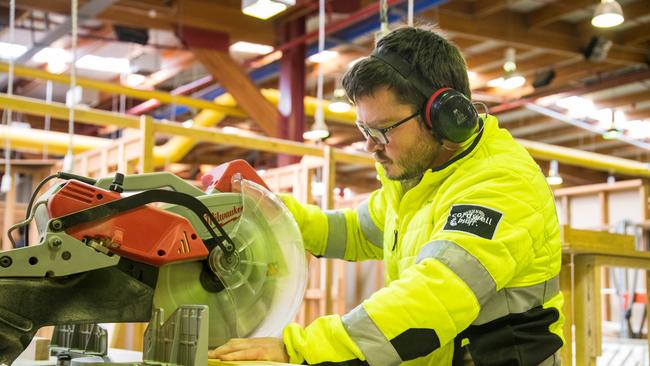
In a win for the push for a new inner-city high school, a masterplan for the Hobart City Partner school will also be created in 2020-21, with funding of $150,000 provided for its development.
The budget will also boost teachers at TasTAFE and in the state’s schools.
More teachers are set to be employed, with $38.9 million included to employ 87.25 full-time equivalent teachers.
This is set to decrease the instructional load for teachers by one hour a week, enabling more time to lesson plan.
Schools will also be boosted by additional quality teaching coaches, with funding of $500,000 in 2020-21 and $12.8 million over four years for 35 additional coaches. Six new lead numeracy coaches will begin in 2021.
An additional $2 million over two years will bring more teachers into TasTAFE, including 10 specialist teaching staff to address high-demand areas such as aged care, electro technology, plumbing and nursing.
Students living with a disability will benefit from a boost in educational adjustment funding, with funding set to increase in 2020-21 from $3 million to $11 million. In subsequent years the model’s funding will rise to $14 million.
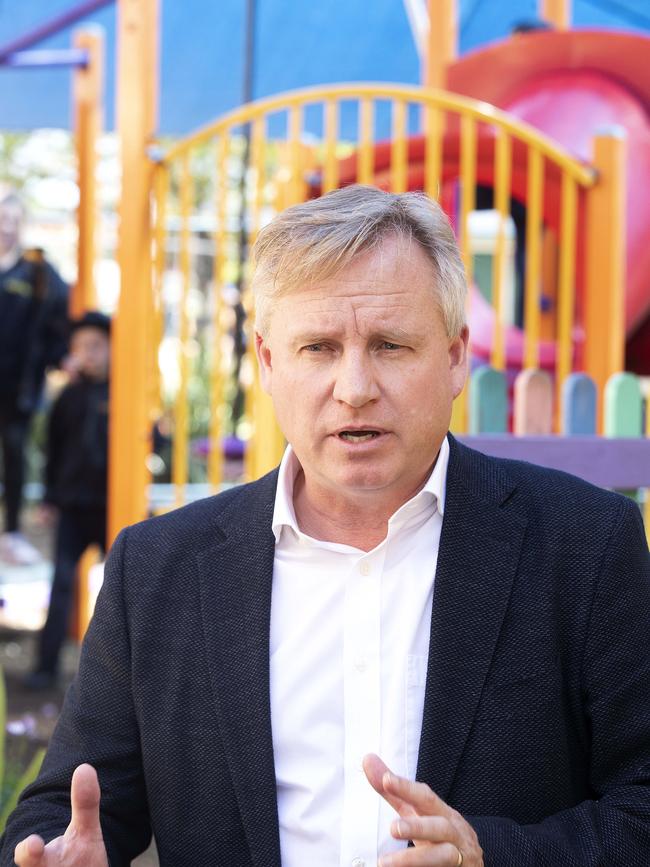
The state government’s plan to extend all high schools to Year 12 will continue, with additional funding of $36 million set to complete the plan by 2022.
About 9000 additional students will benefit from an expansion of the Student Assistance Scheme, with funding to go from $2 million in 2020-21 to $4 million annually from 2021-22.
Mental health and wellbeing in schools will be bolstered by a $14 million investment to support students impacted by trauma or with emotional and behavioural challenges.
“This additional funding will support professional learning to ensure teachers and school staff have the skills and capacity to support students impacted by trauma in safe, calm learning environments,” Mr Rockliff said.

JUSTICE
An aim to drive down the backlog of complex criminal cases waiting to be processed through the Supreme Court is behind more funding for Tasmania’s courts.
State budget papers show Supreme Court pending criminal cases older than 12 months grew to 38.8 per cent in 2019-20 up from 30.6 per cent on the year prior.
The state government has set a 35 per cent target across the forward estimates.
The budget shows $2.3m committed over the next four years to Tasmania Legal Aid’s Serious Cases Fund to support work in reducing the backlog of complex criminal cases before the Supreme Court.
A further $2.6m over the next four years will go towards the legal assistance sector to maintain core service levels under the government’s Legal Assistance Partnerships 2020-25.
There is $80.9m allocated in this years state budget for law and order infrastructure projects — 7.5 per cent of the government’s total infrastructure spending.
Projects include the $38.4m new Southern Remand Centre, the $9m
Sorell Emergency Services Hub and $5.5 to upgrade Police Housing.
Forward estimates show more than $214m allocated to correctional infrastructure facilities.
Along with the increase in pending Supreme Court cases, Magistrates Court cases older than six months also grew from 36 per cent last year to 38.5 per cent in 2019-20.

In addition to Justice infrastructure spending, the state government pledged $33m to the Justice sector to cater for a range of measures including increased prisoner numbers and costs relating to staffing, hospital and transport.
State budget papers show prisoner recidivism rates grew marginally over the past year to 56.6 per cent up 5.6 per cent.
The state government hopes investment in the sector will drive repeat offending rates down to 48 per cent across 2020-21.
Meanwhile Equal Opportunity Tasmania – the state’s anti-discrimination body – saw 188 complaints finalised across 2019-20, up 28 on the 12 months prior.
Justice Minister Elise Archer said this year’s budget reinforced the government’s commitment to building the controversial Northern Regional Prison with $111m allocated to complete stage one of the $270m project.
“These investments in critical justice and correctional infrastructure will future proof our facilities for many years to come, delivering on our promises to the Tasmanian community and planning for future generations,” she said.
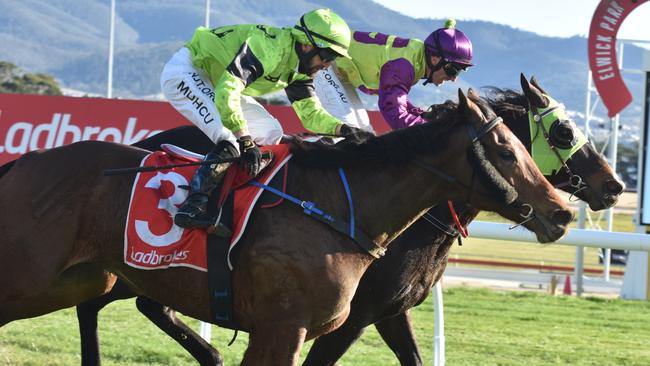
Community racing grants of $250,000 will continue this financial year
RACING
Tasmania’s racing industry is looking forward to a period of growth following the challenges of COVID-19.
Racing Minister Jane Howlett said a $42.2 million investment would be made into the industry in 2020-21, marking a growth of more than $9.5 million since 2014.
A further $8 million will be provided over the next two years for the relocation of the Devonport greyhound and harness tracks.
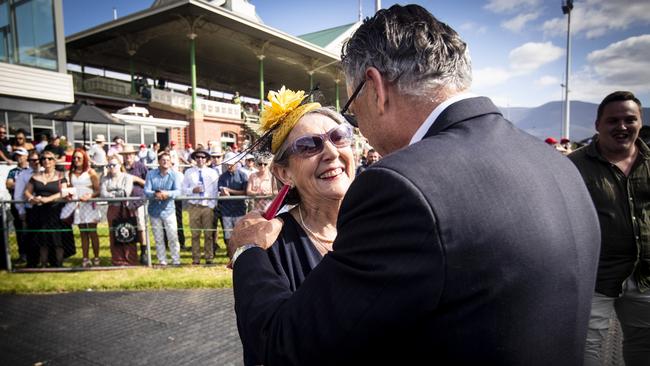
Community racing grants of $250,000 will continue this financial year.
Racing Minister Jane Howlett said the industry injects about $103 million into the state’s economy each year.
“There is no doubt COVID-19 provided a great challenge for all three racing codes in Tasmania, but industry participants rose to the challenge and we can now look forward to a period of growth,” she said.

PUBLIC TRANSPORT
A trial of electric and hydrogen buses will take place as part of an ambitious plan for zero emission Metro buses in Tasmania.
Premier Peter Gutwein said a northern and southern trial would take place within the next two years, with any additional resources to be allocated in next year’s budget.
“Capitalising on our renewable energy advantage, this will be one of the most ambitious targets of any state in Australia, demonstrating our leadership in innovation, renewable energy and climate action.”
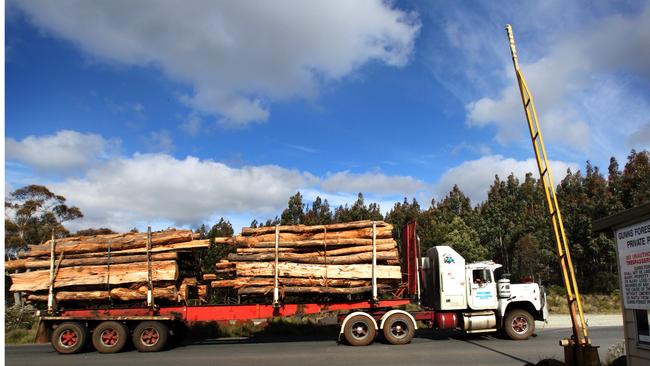
As part of the 2020-21 budget, Sustainable Timber Tasmania will make a $5 million transfer to TasRail.
FORESTRY
An investigation into Tasmania’s forestry industry is set to boost jobs and invest in regional communities.
As part of the 2020-21 budget, Sustainable Timber Tasmania will make a $5 million transfer to TasRail.
The investment is set to increase its capacity to store logs, increase log capacity, improve loading productivity, and increase unloading capacity.
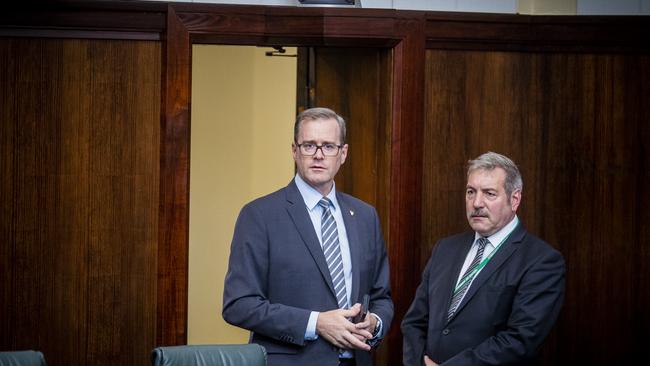
Infrastructure and Transport Minister Michael Ferguson said TasRail would work with Tasmanian firms.
“In a boost for local manufacturing, we will be working with Elphinstone Engineering at Triabunna to commence the manufacturing of additional Logtainer units,” he said.
“In addition to the employment and investment benefits in Tasmania during the construction phase this project will increase TasRail’s capacity to service regional forestry businesses for decades to come.”
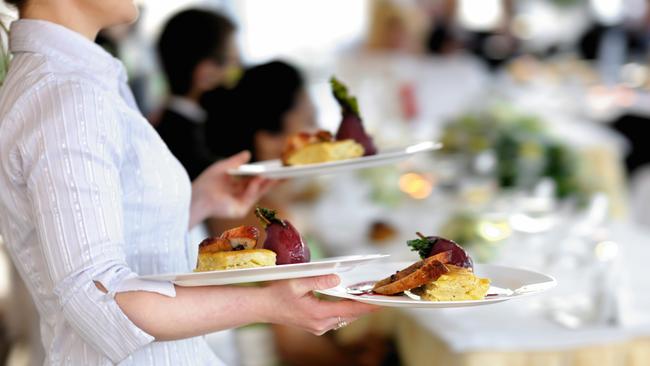
HOSPITALITY
Hospitality businesses worst hit by coronavirus restrictions will be eligible for bill and fee relief under an industry support package.
Tasmania’s service industry, in particular hospitality, has accounted for 28 per cent of job losses during the pandemic.
The sector continues to be subject to social distancing restrictions including caps on patron numbers and a ban on stand-up drinking indoors, which have threatened the viability of some businesses.
The budget includes $10 million to cover industry relief measures for eat-in drinking and dining venues with a turnover of above $50,000.
Targeted at venues that have had a significant decline in turnover, the fund allows business owners to apply for reimbursement up to a capped amount against electricity and gas bills incurred during the first quarter of 2020/21.
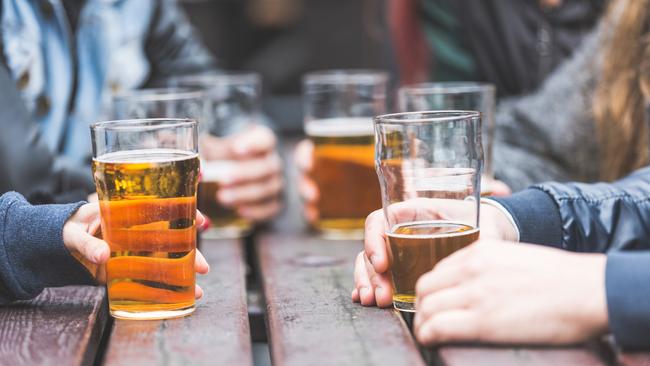
Annual liquor licensing fees will also be waived for 2021.
Small Business, Hospitality and Events Minister Sarah Courtney said the $1 million allocated over two years for a new not-for-profit hospitality and tourism training provider would also help the industry.
Tasmanian Hospitality Association CEO Steve Old said the industry appreciated help with overheads given continued challenging and uncertain operating conditions.
“Operators are still battling some of the heaviest restrictions of any industry and continue to face uncertainty. We commend the Premier and the Minister Hospitality, Sarah Courtney for investing in jobs across a raft of industries, and energy bill relief will be appreciated by operators,” Mr Old said.

Mr Old said the liquor licence fee waiver had been requested by the industry in its 2020/21 action plan.
“That covers a lot of venues so we’re pleased with that outcome. Operators have been doing it extremely tough so any support is very welcome in a very challenging time. We understand that it’s a very tight budget and we appreciate the support, I don’t think we could have asked for much more” Old said.
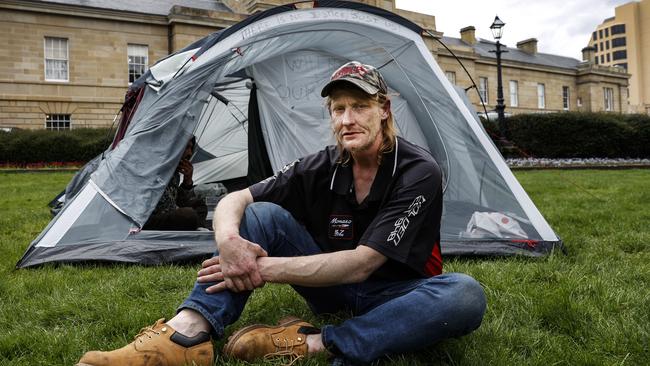
HOUSING
The state government’s plan to regrow the economy through building works will be further underlined by a major budget commitment for new public housing builds.
State budget papers show across 2020-21 Housing infrastructure spending is budgeted to be $90.9m with $50m allocated for ‘New Projects’ and $35m for Tasmania’s Affordable Action Plan 2.
Across the forward estimates there is $300m earmarked to deliver new housing and homelessness initiatives.
This includes $100m announced as part of the state government’s construction blitz which is said to build up to 1000 new homes across the next three years.
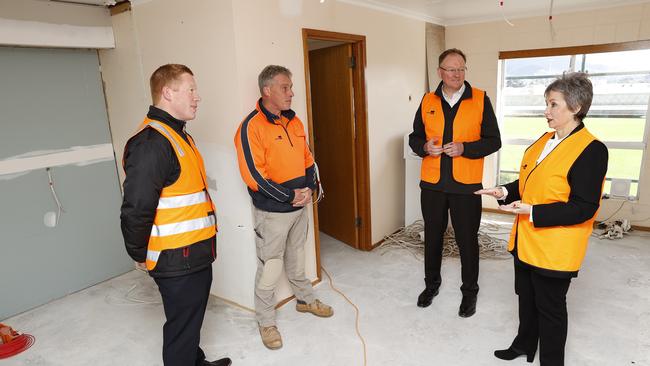
The 2020-21 budget also includes $16.8m to extend the Safe Space program as a 24/7 wraparound service in Burnie, Launceston and Hobart.
Housing Minister Roger Jaensch said the waiving of the Commonwealth Housing debt would assist a further 400 households into suitable accommodation including the construction of 300 new social housing dwellings.
“This comprehensive housing package builds on the exceptional work done to date since we commenced our Affordable Housing Strategy,” Mr Jaensch said.
“It’s a great outcome and forms part of our record investment into infrastructure across the state that will create jobs and opportunities for Tasmanians.”
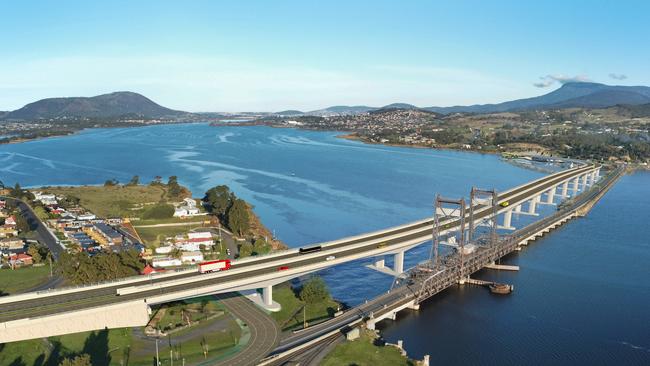
INFRASTRUCTURE
THE state government will attempt to smash out a record infrastructure program in record time in a bid to stimulate the economy in the post-pandemic period.
In a spending spree described as a “landmark”, Premier and Treasurer Peter Gutwein said the government planned to spend $5 billion on infrastructure over the next four years.
Roads and bridges will account for around half the spending.
“This is the largest and most significant infrastructure program in the state’s history and will provide the economic platform to create jobs and provide the certainty and confidence to rebuild Tasmania,” Mr Gutwein said.
“Over the forward estimates this investment includes $4.1 billion in the general government sector and an investment of nearly $800 million through our government businesses … across the next four years this landmark infrastructure package will support around 6000 jobs annually.”
The vast proportion of the $1 billion infrastructure fund in 2020/21 will go on roads and bridges, which will account for 45.2 per cent of the spending. The second largest share of 17.6 per cent will go to hospitals and health, tourism recreation and culture will receive 11.4 per cent, human services and housing 8.5 per cent, law and order 7.5 per cent, schools and education, 6.2 per cent, information and communications technology 2.5 per cent and other infrastructure 1.1 per cent.
The plan labelled “ambitious” by State Growth Minister Michael Ferguson factors in a post-coronavirus surge in activity – the challenge will be to have all funds spent.
Of $723.7 million allocated to infrastructure in 2019/20, only $521.8 was spent.
The government has explained some of last year’s $200 million underspend on the coronavirus shutdown.
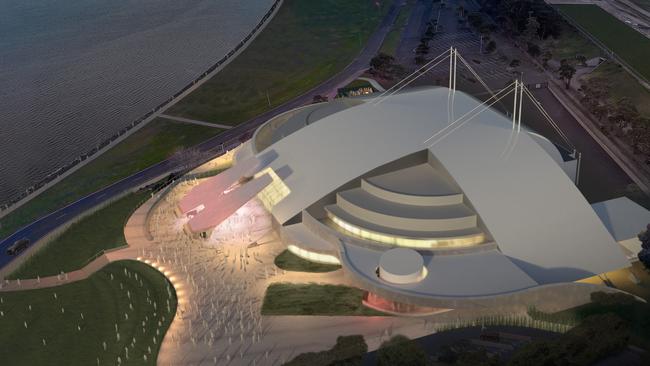
Major projects over the forward estimates include:
- $553 million for the Bridgewater bridge, which includes Australian Government funding
- $68.5 Million for the Derwent Entertainment Centre redevelopment
- $38 million in 2023/24 for the Tasman Bridge upgrade
- $160 million to accelerate TasWater’s infrastructure program
- $20 million towards the duplication of the Midway Point and Sorell Causeways, along with $162.5 million for duplicating the highway from Hobart to Sorell
- $130 million over four years for the Greater Hobart traffic solution, which includes a fifth lane on the Southern Outlet, a Derwent River ferry trial, Kingborough park and ride and active transport upgrades on Macquarie and Davey Streets.
- $147 million for the Bass Highway
- $189 million for the ongoing Midland Highway upgrades
Housing construction, which has continued to go from strength to strength despite the pandemic, will also receive ongoing support through $20,000 home builders and buyers’ grants.
The home builder grants are available for contracts entered into by December 31 and the First Home Owner grant of $20,000 remains open until June 2022.
The government says the infrastructure spending is all about creating jobs, with Treasury describing the impact of the pandemic on employment in Tasmania as “severe”.
19,100 Tasmanians lost their jobs between March and May 2020. Employment then grew by 12,400 persons from May to September,
Treasury says the outlook for Tasmania’s Labour market is “especially uncertain”, and will depend on how businesses and consumers respond to short-term policy supports being removed.
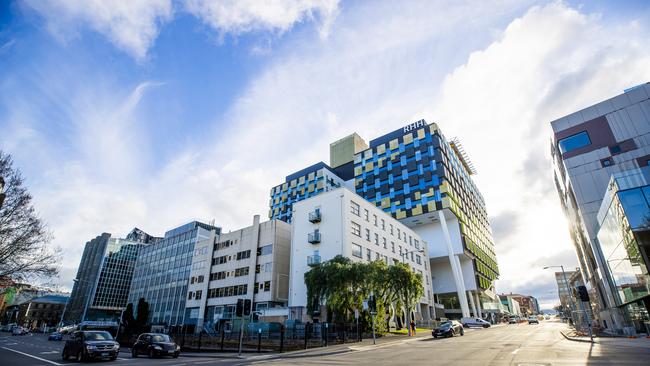
HEALTH
Another year, another record spend on health in a bid to address Tasmanians’ poor health outcomes and make a dent in elective surgery waiting lists.
The budget includes $9.8 billion over four years for health — $1.7 billion more than was budgeted last year.
The coronavirus pandemic brought non-urgent elective surgery to a halt, again increasing the waiting list and blowing out wait times.
There were 11,342 Tasmanians awaiting elective surgery in June.
The 2020/21 budget includes $45.5 million help clear the elective surgery backlog.
Health Minister Sarah Courtney said the funding together with $15 million from the Commonwealth would pay for 8500 operations over the next 18 months.
“This is a huge boost to our surgery capacity, with and estimated 19,000 surgeries now planned for the 2020/21 financial year,” Ms Courtney said.
“These have been challenging times for our health system and every day I will continue to look at how we can better protect and care for Tasmanians.”
The state government has also funded stage two of the ongoing Royal Hobart Hospital redevelopment.
The $89.9 million stage two will include expanding the emergency department and intensive care unit.
The bulk of the funds will be spent in 2021/22.
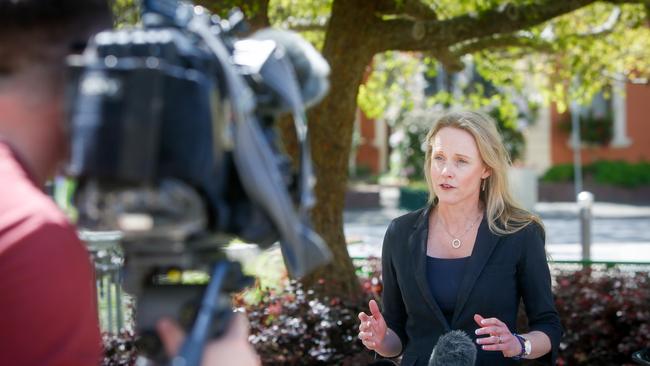
Ms Courtney said the budget also included $299.3 million over four years to open more beds at the RHH.
Other health spending initiatives include:
- $78 million for the Launceston General Hospital redevelopment
- $32 million for Mersey Community Hospital capital upgrades
- $4.1 million for maternity services at North West Regional Hospital
- $4 million to improve Child and Adolescent Mental Health Services
- $12 million for mental health and alcohol and drug services reform
General practitioner John Saul of the Australian Medical Association Tasmania said the state government credit for its handling of the pandemic.
However he was concerned the health spending in the budget was overly weighted towards infrastructure over the people power the health system so badly needed.
“We also need significant people support as well, we need doctors on the ground, we need nurses, allied health we need cleaners, we need everyone to run a hospital, not just bricks and mortar,” Dr Saul said.
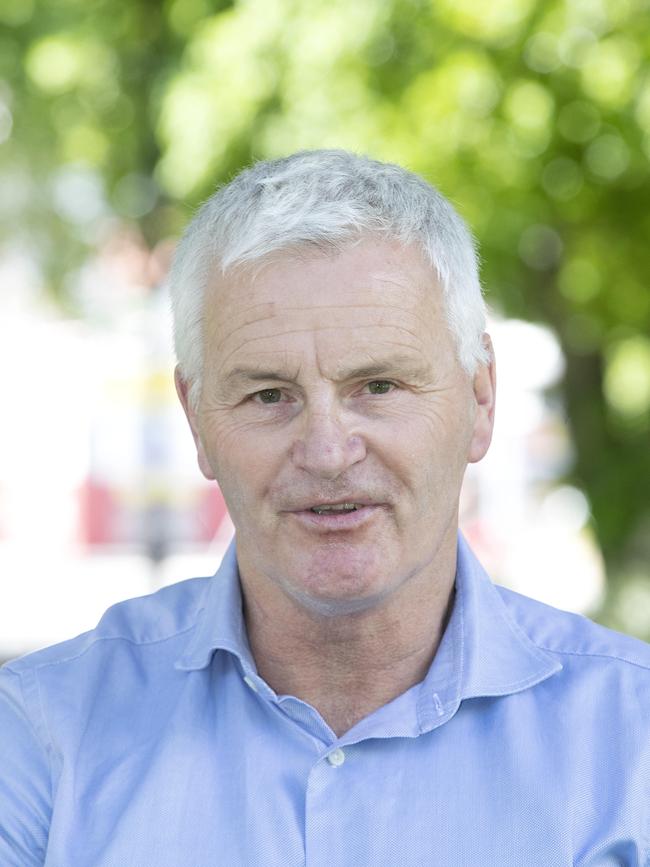
“This money is just pockets of money, $40 million and up to $60 for elective surgery, it’s going to help fill a hole, it’s going to help cover some elective surgery. We worry that it’s not enough we worry that it’s not consistent funding.”
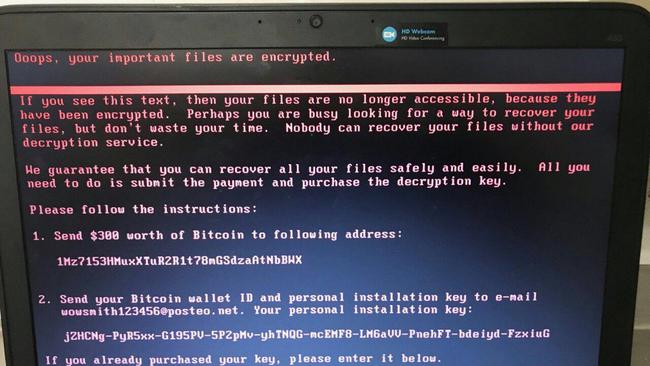
INFORMATION TECHNOLOGY
The state government is ramping up information and communications technology spending in a bid to bolster cyber security and modernise essential services.
Science and Technology Minister Michael Ferguson said $4.9 million would be spent over four years for the whole-of-government cyber security program.
“The Tasmanian Liberal Government is determined to protect our information and ICT systems from malicious cyber activity which is increasing in frequency, scale, sophistication and severity,” Mr Ferguson said.
“The expanded program aims to reduce the impact of malicious actors and aid rapid remediation by detecting vulnerabilities in Tasmanian Government services at the earliest opportunity, further integrating our incident response capacity with national arrangements.”

Mr Ferguson said the state government would recruit additional cyber security professionals across government.
Australian security agencies have warned that all levels of government are at risk from foreign and malicious interference via cyberspace.
In health $23 million will be spent upgrading antiquated paper-based systems.
Health Minister Sarah Courtney said the funds would modernise HR systems statewide and cover a 10-year digital health transformation plan.
“This new system will deliver new levels of information and automate many HR processes which are currently being done on paper,” Ms Courtney said.
“This will mean the Department can better manage its workforce in real-time to deliver high-quality health services and plan more accurately for the future. It will also have the key benefit of freeing up our frontline staff to spend less time on paperwork.”

Add your comment to this story
To join the conversation, please log in. Don't have an account? Register
Join the conversation, you are commenting as Logout
How big tech is recalibrating around the DeepSeek threat
Silicon Valley owes its longevity to its ability to pivot and China’s new AI start-up could set it moving in a new direction.
Why Tassie’s economic outlook is worse than the rest of the nation
Tasmania’s economy is bucking a positive national trend — with a report saying it will shrink this financial year. Here’s why.